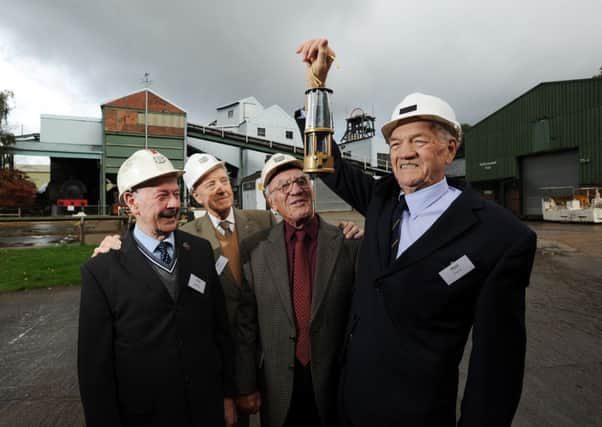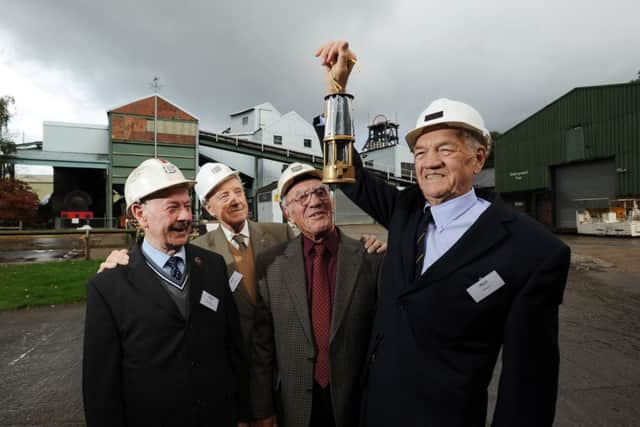Bevin Boys’ stories brought to life in new mining exhibition


Among the stories being told through A Bevin Boy in Yorkshire is that of artist Martin Hill, who wanted to join the RAF but was instead sent down mines in Sheffield and Barnsley, far from his home in Brighton.
The exhibition features his sketches, diaries and letters home.
Advertisement
Hide AdAdvertisement
Hide AdAlso speaking at the exhibition’s opening yesterday was another former Bevin Boy John Etty, who worked at Caphouse Colliery, which is now the site of the museum.


Mr Etty will be better known to rugby league fans as a player with Batley, Oldham, and Wakefield Trinity during the 1950s and 60s, and is one of the six surviving members of Trinity’s 1960 Challenge Cup-winning team.
In 1943 during the Second World War, Britain faced a coal production crisis with as little as three weeks supply left, threatening both industry at home and the war effort.
To combat this, Ernest Bevin, wartime Minister for Labour and National Service, decided that one in 10 conscripts aged between 18 and 24 would work in Britain’s coal mines.
There were nearly 48,000 Bevin Boys, whose contribution has only recently been recognised.